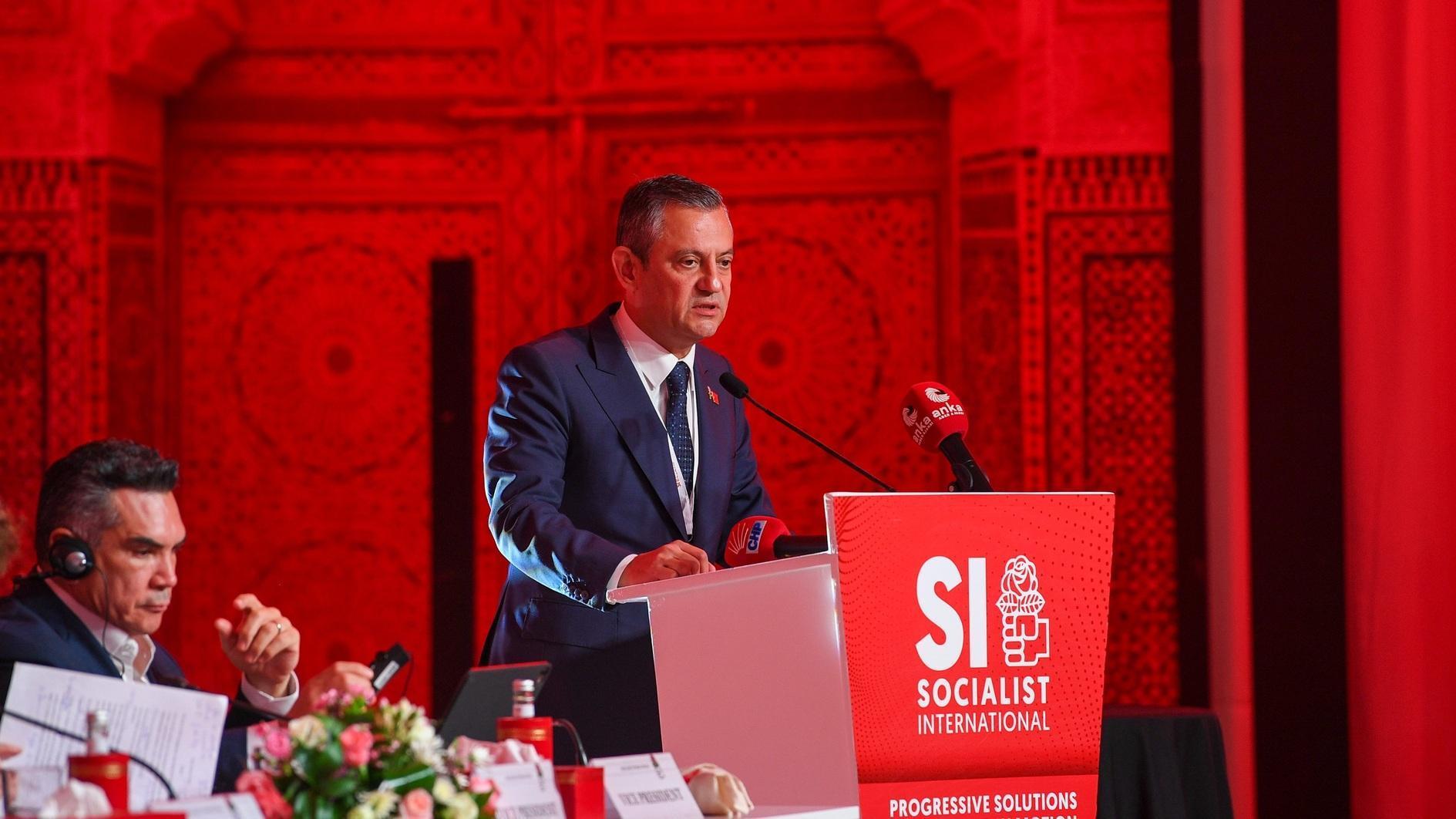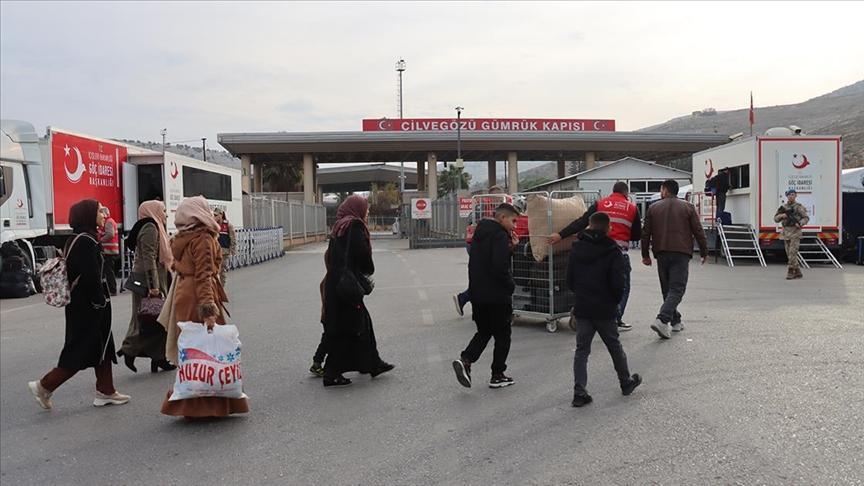The proper skinning of sacrificed animals
This year, the Feast of Sacrifice, Eid al-Adha, fell on the same day as World Animal Day on Oct. 4.
Forestry and Water Affairs Minister Veysel Eroğlu drew attention to this coincidence and called on people to avoid inflicting suffering on animals during sacrificing. He said those who mistreated animals would be punished as necessary. The fine that Eroğlu is talking about varies between 454 and 2,000 Turkish Liras. I hope to find out after the holiday the total of the fines for those who tortured animals.
We have again seen tasteless images since the first day of the holiday, such as the bloodbaths on the streets and the Bosphorus’ waters running red with animal blood.
On Facebook one person shared an anecdote about an organized center for slaughtering animals in Istanbul. This person saw that a bloody leg of a goat or a sheep had been thrown in front of a crow.
The sacrificing of animals in Turkey is increasing every year, with about one in every four families sacrificing an animal. Theologian and writer İhsan Eliaçık wrote that the sacrificing of animals stemmed from incorrect perceptions and that it was based on a pre-Islamic culture. He said he had not sacrificed animals for 20 years at the holiday.
“When you turn every place into a blood bath, God cannot be very happy about it. Do not slaughter animals for no good,” he said.
When we come to the economic dimension of the sacrifice, according to the Turkish Agricultural Association, the value of sacrificed animals was 5.5 billion liras in 2013.
The increase in the sale of sacrificial animals was 10 percent more in 2013 compared to the year before. Let us note the price of a cow varies from 5,000 to 13,000 liras.
For this holiday, it is estimated that 850,000 cows and about 2,000,000 sheep will be slaughtered.
There is also the issue of animal hides.
According to Turkish Leather Manufacturers’ Association head Erdal Matraş, animal hides collected at the Feast of Sacrifice account for 13 percent of the annual export numbers of the leather sector.
Matraş has called for avoiding damage to the skin of the animal rather than the torment of animals.
“This business should be done by competent people. Anyone who gets hold of a knife should not attempt to skin the animal. We should have this business done by competent people at slaughtering centers. In the past, the damaged hide rate would go up to 35 percent when sacrifices were done in the streets and squares. Now, this rate has gone down lately but is still continuing.”
According to the head of leather manufacturers, the cost of damaging the skin with a knife is around 11 million liras.
“Each cut of the knife on the skin will reduce the added value of it. Any notch on the skin is a notch against the country’s economy,” said Matraş.
While Italy is proceeding on the way to becoming a global player in the leather sector after China, the size of the sector in Turkey is $5 billion.
Don’t ask me how I ended up in the leather sector when I started with the torture on animals – I really don’t know.











